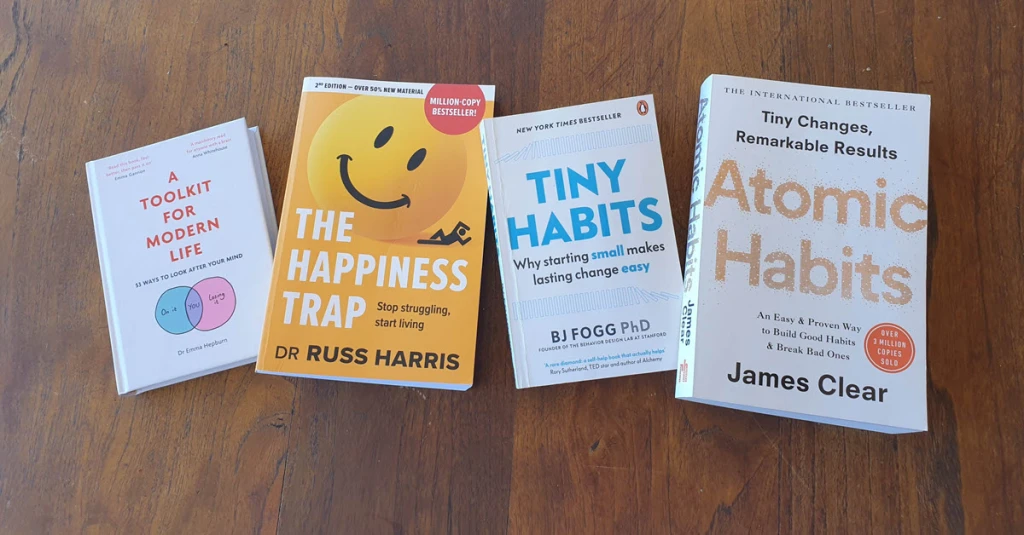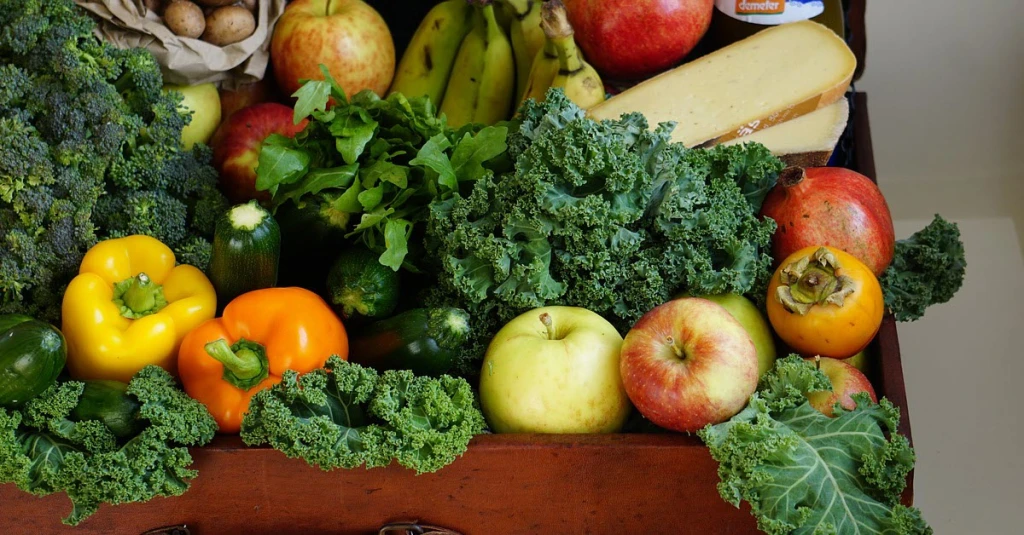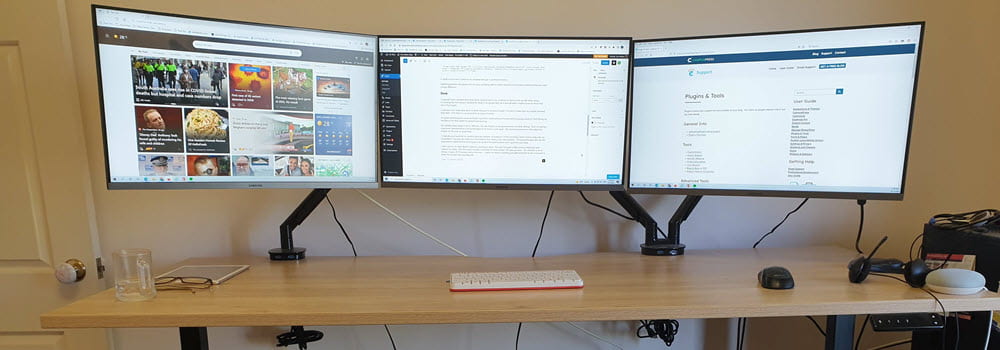I was asked to facilitate sessions on blogging for the Massive Open Online Course on Educational Technology (#ETMOOC). You can read more about connectivist MOOC’s and #ETMOOC here.
I’ve written this post to help participants better understand the ideas I discussed in my session and to make it easier to access the resources I recommend.
You’ll find the recordings to the session here:
- Complete list of archived ETMOOC Blackboard Collaborate Sessions
- Introduction to Blogging – Jan 17 incl. Sue Wyatt, Peggy George
- Introduction to Blogging (Director Cut) – repeat Jan 23 incl. Sue Wyatt, Alan Levine, Penny Bentley
Purpose of this session
My session was meant to be an Introduction to blogging.
I’ve spent the week interacting with #ETMOOC participants through their blogs, Google+ community and through the ETMOOC Twitter hashtag to identify what they really needed to know.
All participants have been ask to participate through their own blogs. Quite a few participants are new to blogging and it’s really hard to appreciate how you might learn through blogging as part of a connectivist MOOC if you’ve never blogged before.
So I’ve decided to focus my session on what they really need to know to get the most out of their blogging as part of #ETMOOC; as opposed to a more traditional introduction to blogging session.
More of an intro to the pedagogical aspects of blogging as opposed to the technical.
Hopefully I’ve got the balance right –since I’m writing this post before the session –but if not this post should help them work through the concepts I covered (or wanted to cover).
And for those that haven’t interacted with me before —
My waking hours are mostly spent helping others use their blogs effectively with students or for themselves; in all educational sectors around the World.
Getting started blogging info
Here’s where you’ll find our step-by-step series to help you get started if you are new to blogging:
Strongly recommend you take the time to work through our kick start your personal blogging. It takes you through the mechanics of what new edubloggers often want to know, and need to know.
You’ll find a comprehensive review on how educators use blogs with students and the blog platforms they use (and why) here.
How you learn through blogging
It’s an easy trap to focus too much on publishing posts while failing to appreciate that reading other people’s posts and commenting on posts are a very important part of the learning process as a blogger.
Blogging is a constant cycle of:
- Evaluate
- Review
- Reflect
- Revise
The idea of reflective blogging is you’re evaluating, reviewing, reflecting, revising while reading other people’s posts, commenting on their posts, writing your own posts and commenting back on comments made by others on your own blog.
By following this process you’re learning at a deeper level and differently from how you’ve learnt previously; and you’re doing it as part of a community.
How to quickly read participant’s posts
With a connectivist MOOC like #ETMOOC there are so many participants having so many conversations on their blogs, Google+ community and through the ETMOOC Twitter hashtag that it can be both overloading and overwhelming.
Key is to find effective strategies that make reading time efficient.
Making reading time efficient is really easy once you know how!
All you need to do is use the ETMOOC blog hub feed in Google Reader as follows:
1. Logging into your Google Reader account
Here’s my introduction to RSS and Google Reader if you’ve never used before.
2. Click on Subscribe.
3. Add this URL http://etmooc.org/hub/
For those using other types of RSS readers you will find the RSS feed at http://etmooc.org/hub/feed/
4. Click Add.
Benefits of using the ETMOOC blog hub RSS are:
- It’s faster to quickly read recently updated posts.
- The full post is pulled into Google Reader, unless the blogger has used the Read More tag, so you can easily read the entire post inside Google Reader whereas only the post excerpt is display on the ETMOOC blog hub page.
The ETMOOC blog hub is amazing work and even better than chocolate – if that is possible. Thanks Alan for making it happen!
You can submit your blog to the ETMOOC blog hub here.
PS personal rant!
- If you’re using the Read More tag or set your RSS feed to Summary and not full text — DON’T.
- Reader like me hate excerpts because it slows our reading down and means we’re less likely to bother reading your post.
Bonus tip!
It is faster to read the posts using a tablet than using Google Reader on your computer.
If you don’t have an iPad or an Android tablet it is worth having one. Feel free to tell your partner that Sue Waters said I needed one — if that helps! On my android tablet I use the Google Reader app and on my iPad I use Reeder. I prefer reading on my android using the Google Reader app.
How to quickly comment on participant’s posts
Now you’re able to time effectively read other participant’s posts adding a comment to their post is as simple as just click on the post’s title to visit a post to add a comment.
Remember:
- Commenting is as important, if not more important, than publishing posts.
- Besides all the learning you achieve when commenting — it is important part of being part of a learning community and developing connections with others.
- Goal is to make time to comment on other participants posts; and ensure you respond back to comments by other participants on post on your blog.
Make sure you’ve select the subscribe to email notification of new comments if they have this option.

And finally writing posts
Notice I put posts last? Deliberate 🙂
The idea of blogging as part of a constructivist MOOC is that you’re reflecting and sharing your learning. Ideally what you’re looking for is to learn from others while building on, and adding to what you’ve learnt. That’s why I’ve put writing posts last.
Sure they’ll probably give you some tasks to blog about — like they did for the orientation week activity but the idea is it is all about what you want to learn so you should also write posts about whatever else you’re learning or want to share.
The more you read, participate by leaving comments on other participant’s posts, engage in discussions and conversations — the more you’ll learn and want to share — and this is when you REFLECT on it by writing a post!
I strongly recommend you also read these tips for writing better blog posts — it should help!
Check out Alan Levine’s Blogging as pointless, incessant barking post – packed full of excellent tips!
Where now?
The challenge with longer posts like these are you can feel like the blogger has said everything. Which I haven’t.
Now’s your opportunity to ask the questions about the:
- Stuff I didn’t have time to cover.
- The technical aspects on blogging I choose not to cover.
- Share your ideas on how you’re learning through blogging as part of a MOOC.
So leave a comment or write a post to reflect on what you’ve learnt.




Leave a comment